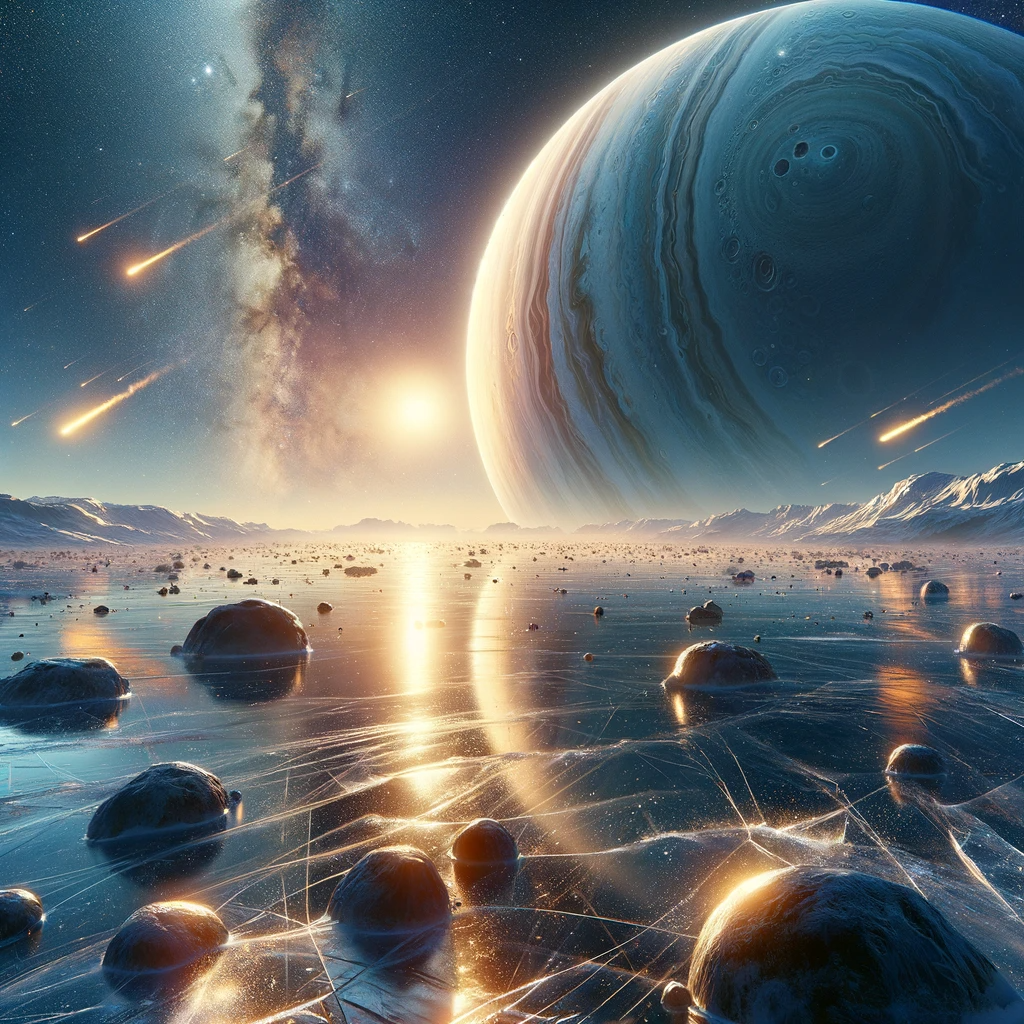Contribution of micrometeoroid impacts to the exospheres of the Galilean moons Ganymede and Europa - SSW
ABSTRACTS OF ORAL PRESENTATIONS
- Removed a total of (1) style text-align:center;
CONTRIBUTION OF MICROMETEOROID IMPACTS TO THE EXOSPHERES OF THE GALILEAN MOONS GANYMEDE AND EUROPA - ROZENN ROBIDELThe exosphere is a thin atmosphere where the density is so low that atoms and molecules are unlikely to collide with each other. In the case of bodies with a substantial atmosphere (e.g. the Earth, Mars), the exosphere is the uppermost layer of the atmosphere, where it thins out and merges with outer space. In the case of airless bodies (e.g. the Moon, Mercury), the exosphere is the only atmosphere, in direct contact with the surface. |
Presentation PDF

- Removed a total of (1) style text-align:center;
- Removed a total of (2) style text-align:justify;
- Removed a total of (1) style margin:0;
- Removed a total of (1) align=center.
- Removed a total of (1) border attribute.
- Removed a total of (1) cellpadding attribute.
- Removed a total of (1) cellspacing attribute.








































 Sign in
Sign in
 Science & Technology
Science & Technology